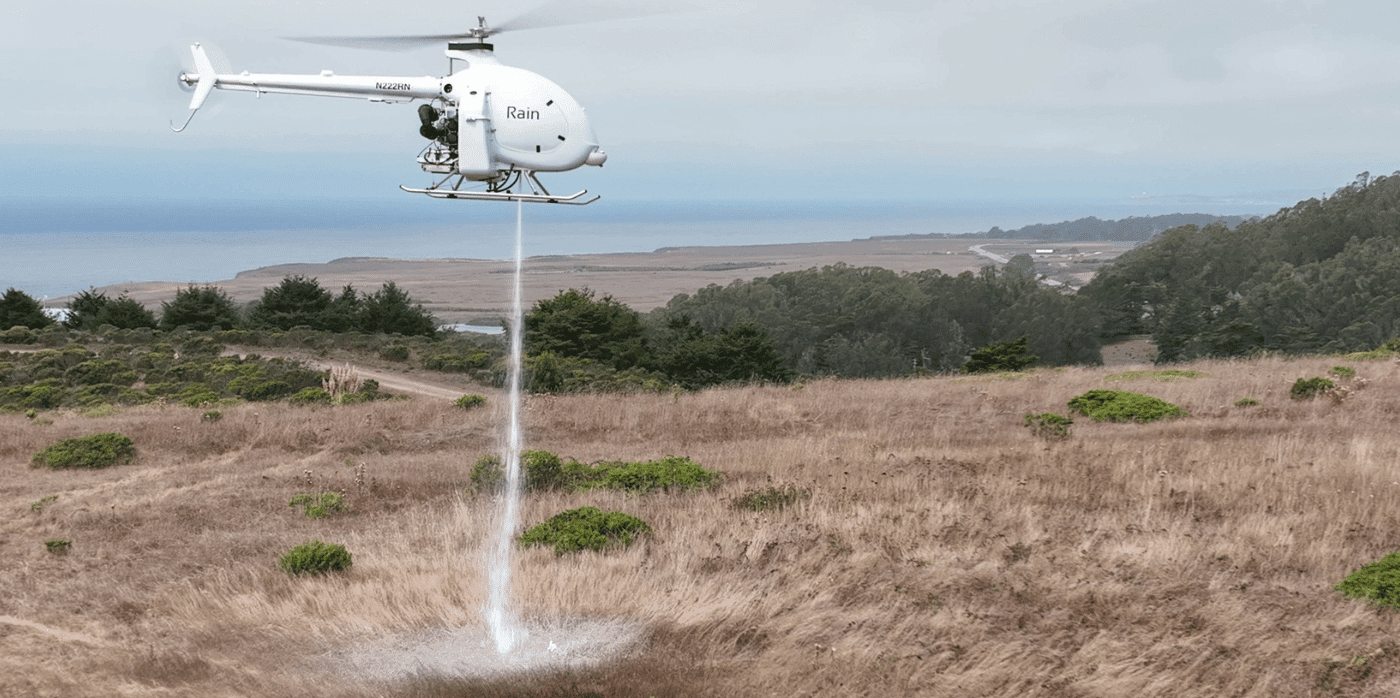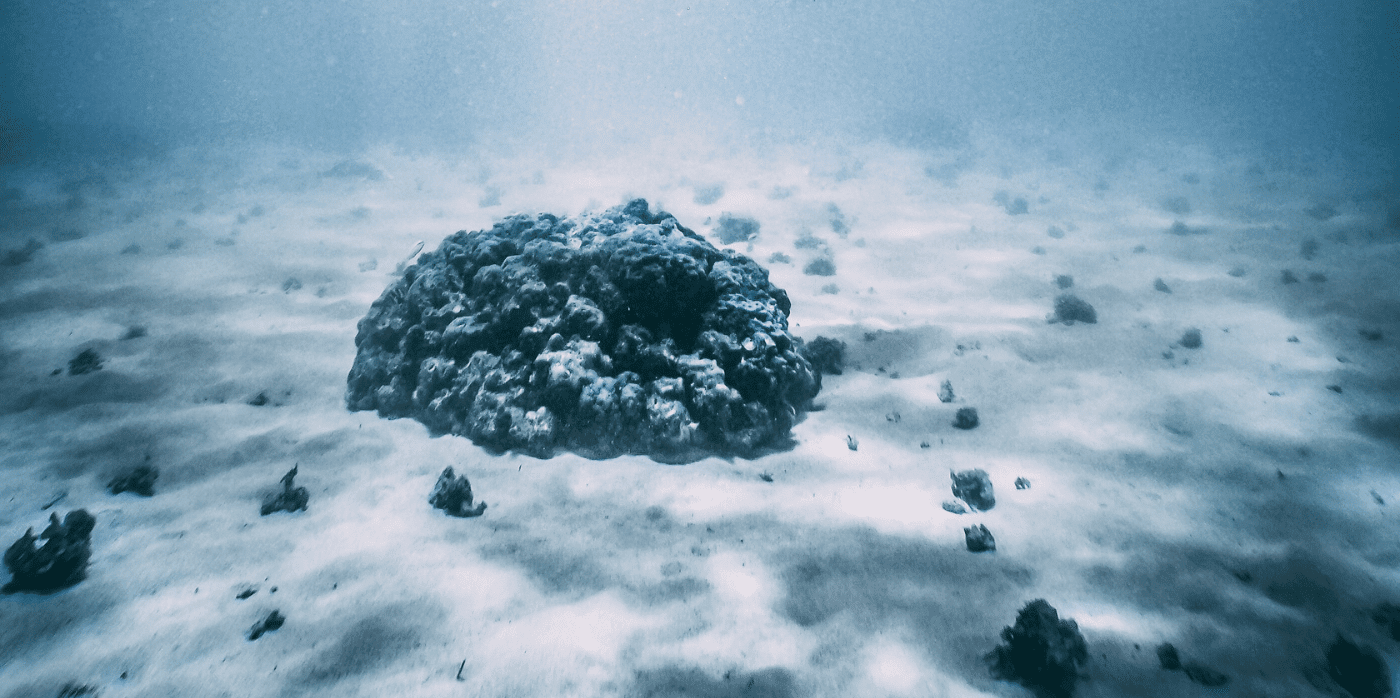Equipping autonomous aircraft to rapidly tackle wildfires

Spotted: As the world continues to break global temperature records and conditions get drier, wildfires are increasing in frequency, severity, and duration. In 2023 alone, there have been almost 50,000 fires, burning 2.57 million acres of vegetation. Wildfires wreak havoc on communities, environments, and the economy, and one company is working to suppress catastrophic fires through automation.
Rain is the only autonomous technology developed to rapidly suppress wildfires during the first ten minutes of ignition, helping fire agencies more quickly, safely, and effectively contain them before they grow out of control. Its founders, Max and Ephraim, have personal experience with wildfires, having lived in the interior of British Columbia when the Okanagan Mountain Park Firestorm in 2003 caused the largest mass evacuations since WWII.
The company adapts existing military and civil autonomous aircraft with the intelligence to perceive, understand, and suppress wildfires. This technology then enables these aircraft to be prepositioned in remote locations where the risk of fire is high, resulting in increased response times.
The Rain Wildfire Mission Autonomy System uses software that integrates with aircraft autonomy systems and includes components for wildfire mission management, fire perception, path planning, suppression strategy, and suppressant targeting. The system also has infrared and visual spectrum cameras, inertial navigation, GPS and other sensors, and automated suppressant deployment equipment.
Rain plans to collaborate with Sikorsky, a Lockheed Martin Company, to demonstrate how an uncrewed BLACK HAWK helicopter with Rain’s Wildfire Mission Autonomy System could respond rapidly to suppress incipient wildfires.
As we witness more wildfires by the year, Springwise has spotted many ways to manage and mitigate its devastation. A Berlin-based startup created a sensor that uses AI to detect ultra-early wildfires, while Mitiga is using physics and AI to assess risk in real-time up to 100 years into the future.
Written By: Anam Alam



